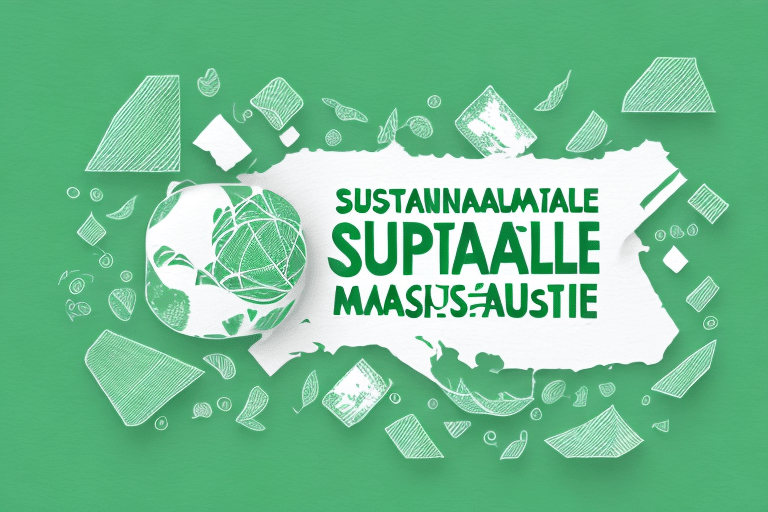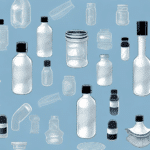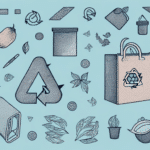The Benefits of Green Packaging for a Sustainable Future
In recent years, the movement towards sustainability has gained significant momentum, with numerous companies adopting eco-friendly practices. One critical area receiving considerable attention is packaging. Green packaging, or sustainable packaging, involves the use of materials that have minimal environmental impact. This article delves into the benefits of green packaging and underscores its necessity for a sustainable future.
The Environmental Impact of Traditional Packaging
Traditional packaging often relies on non-renewable materials such as plastic and Styrofoam, which have a detrimental effect on the environment. These materials are persistent, taking hundreds of years to degrade, leading to massive waste accumulation and pollution. According to the Environmental Protection Agency, only about 9% of all plastic waste ever produced has been recycled.
The manufacturing processes for traditional packaging materials also emit significant amounts of greenhouse gases. For instance, the production of plastics involves fossil fuels, contributing to the greenhouse effect and exacerbating climate change. Additionally, the transportation of these materials further increases carbon emissions, as fossil fuels are burned during transit.
Beyond carbon emissions, traditional packaging contributes to air and water pollution, adversely affecting both human health and wildlife. The pervasive presence of plastic waste in oceans has become a global concern, harming marine life and ecosystems.
Understanding Green Packaging
Green packaging refers to the use of materials that are recycled, biodegradable, compostable, or recyclable. The primary goal is to reduce waste, conserve natural resources, and minimize the carbon footprint associated with packaging. By adopting green packaging, businesses can create a sustainable ecosystem where the environmental impact of packaging is significantly reduced.
Moreover, green packaging can lead to long-term cost savings for businesses. Recycled materials are often less expensive than virgin materials, and the reduction in waste can lower disposal costs. Additionally, companies that commit to sustainability can enhance their reputation and appeal to environmentally conscious consumers.
However, it is essential to recognize that green packaging is not a universal solution. The choice of sustainable materials must consider factors such as product type, durability, safety, and cost-effectiveness to ensure both environmental and practical benefits.
Benefits of Green Packaging
Reducing Waste and Pollution
Green packaging materials are typically renewable and biodegradable, ensuring that they do not contribute to long-term waste. For example, biodegradable plastics break down naturally without releasing harmful substances, thereby reducing pollution levels. Additionally, reusable packaging options minimize the need for single-use materials, further decreasing waste generation.
Economic Advantages
Adopting green packaging can lead to significant cost savings. Utilizing recycled materials reduces dependency on costly virgin resources, and efficient packaging designs can lower transportation and storage expenses. According to a study by World Resources Institute, businesses that implement sustainable packaging can achieve up to a 30% reduction in packaging costs.
Enhancing Brand Image and Consumer Trust
Consumers are increasingly prioritizing sustainability in their purchasing decisions. Companies that adopt green packaging demonstrate their commitment to environmental responsibility, which can enhance brand loyalty and attract a broader customer base. A survey by Nielsen found that 73% of global consumers are willing to change their consumption habits to reduce environmental impact.
Sustainable Materials in Packaging
Bioplastics and Biodegradable Options
Bioplastics, derived from renewable sources like corn starch and sugarcane, offer a sustainable alternative to traditional plastics. These materials are designed to biodegrade under specific conditions, reducing their environmental footprint. For instance, WWF highlights that bioplastics can significantly decrease carbon emissions compared to conventional plastics.
Plant-Based Materials
Materials such as hemp, bamboo, and recycled paper are gaining popularity in green packaging. These plant-based materials are not only renewable but also require less energy to produce. Bamboo, for example, grows rapidly and can be harvested without depleting natural resources, making it an excellent choice for sustainable packaging.
Recyclable and Reusable Packaging
Designing packaging to be easily recyclable or reusable extends the lifecycle of materials and reduces waste. Glass and certain metals are highly recyclable and can be repurposed multiple times without loss of quality. Reusable containers also offer a practical solution for reducing single-use packaging waste.
Economic and Social Advantages
Cost Savings and Efficiency
Green packaging can streamline operations and reduce costs. Efficient packaging designs may utilize fewer materials and occupy less space during transportation, leading to lower shipping costs and reduced carbon emissions. According to the U.S. Government Accountability Office, companies can save up to 20% in packaging-related expenses by optimizing their packaging strategies.
Corporate Social Responsibility (CSR)
Adopting sustainable packaging is a tangible way for companies to fulfill their CSR objectives. It showcases a commitment to environmental stewardship and can enhance the company's reputation. This, in turn, can lead to increased customer loyalty and attract investors who prioritize sustainability.
Regulatory Compliance and Incentives
Governments worldwide are implementing regulations to promote sustainable practices. Businesses that adopt green packaging early can stay ahead of regulatory requirements and benefit from incentives such as tax breaks and grants. For example, the European Union's packaging waste directive encourages the use of recyclable and reusable packaging materials.
Implementation Strategies for Green Packaging
Assessing Packaging Needs
Businesses should begin by evaluating their current packaging materials and processes to identify areas for improvement. An audit can help determine the environmental impact of existing packaging and uncover opportunities for integrating sustainable alternatives.
Collaborating with Suppliers
Building partnerships with suppliers who prioritize sustainability is crucial. Collaborating with suppliers can ensure a steady supply of eco-friendly materials and foster innovation in packaging design. Companies like FS specialize in providing sustainable packaging solutions tailored to various industries.
Educating Consumers
Educating consumers about the benefits of green packaging and how to properly recycle or compost materials is essential for maximizing environmental benefits. Clear labeling and instructions can guide consumers in making sustainable choices and participating in recycling programs.
Overcoming Challenges
Transitioning to green packaging can present challenges such as higher initial costs and limited availability of sustainable materials. However, these challenges can be mitigated through strategic planning, investment in research and development, and leveraging government incentives aimed at promoting sustainability.
The Future of Green Packaging
Technological Innovations
Advancements in technology are driving the evolution of green packaging. Innovations such as 3D printing and smart packaging materials are enabling the creation of more efficient and sustainable packaging solutions. These technologies reduce waste by allowing precise material usage and enabling packaging to adapt to specific product needs.
Government Policies and Regulations
Government policies will continue to shape the landscape of green packaging. Stricter regulations on plastic use and incentives for sustainable practices will encourage more businesses to adopt eco-friendly packaging. The EPA's sustainable materials management framework is an example of efforts to promote sustainability in packaging.
Case Studies of Successful Implementation
Numerous companies have successfully integrated green packaging into their operations. For instance, Nestlé has implemented biodegradable packaging materials across its product lines, significantly reducing its environmental footprint. Similarly, Amazon launched the Frustration-Free Packaging program, which emphasizes recyclable and easy-to-open packaging to minimize waste.
These case studies demonstrate that with commitment and strategic planning, businesses can achieve substantial environmental and economic benefits through green packaging.
Final Thoughts: The Urgent Need for a Shift towards Sustainable Packaging Practices
The advantages of green packaging are undeniable. By adopting sustainable practices, businesses can significantly reduce waste and pollution, conserve natural resources, and enhance their brand image. As consumer awareness and demand for eco-friendly products continue to rise, the shift towards sustainable packaging is not just beneficial but imperative for a sustainable future.
Embracing green packaging is a collective responsibility that requires collaboration among businesses, governments, and consumers. Through concerted efforts and continued innovation, we can achieve a more sustainable and environmentally friendly packaging ecosystem.






















